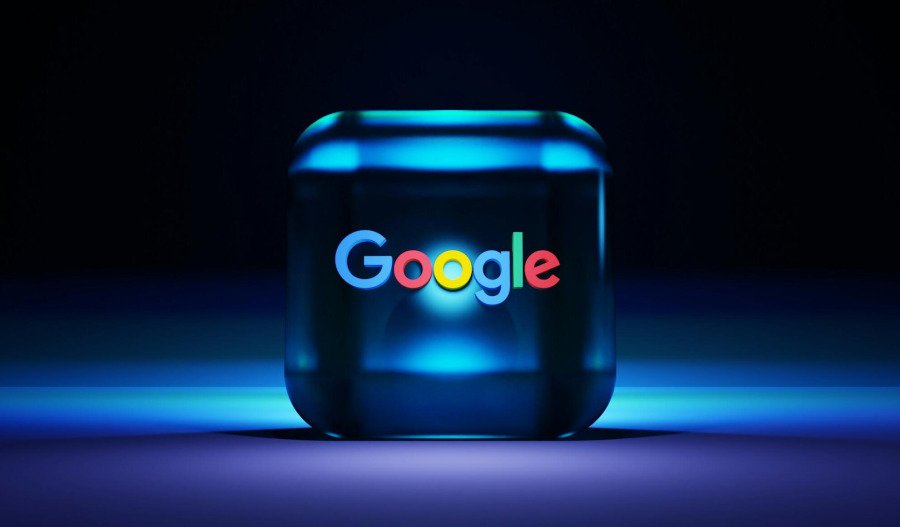Google launched its Pixel 10 smartphone family on Wednesday, betting heavily on artificial intelligence features as Apple struggles with delayed Siri improvements until 2026.
The Mountain View company's latest lineup starts at US$799 for the base Pixel 10, matching Samsung's Galaxy S25 and Apple's iPhone 16 pricing exactly.
The Pixel 10 Pro costs US$999, whilst the larger Pro XL reaches US$1,199.
Google's innovative AI standout addition is Magic Cue, which proactively surfaces relevant information during phone calls and messages. When dialling an airline, the feature automatically displays flight details from your email.
The new Camera Coach uses Gemini models to suggest better framing and composition, targeting photography beginners.
Pro models feature Pro Res Zoom reaching 100x magnification through generative AI, though such extreme zoom claims often produce heavily processed results rather than genuine optical quality.
Hardware specs lag
Despite AI advances, the Pixel 10's hardware specifications trail competitors. Samsung's Galaxy S25 includes 12GB of RAM compared to the Pixel's likely 8GB, whilst the S25's Snapdragon 8 Elite processor outperforms older chips in benchmarks.
Battery performance remains questionable, with Samsung's Galaxy S25 achieving 15 hours and 51 minutes in testing versus iPhone 16's 12 hours and 13 minutes. Google hasn't published comparable Pixel 10 endurance figures.
The base Pixel 10 finally includes a 5x telephoto lens, a feature Samsung and Apple offered years ago.
Google's Pixel typically captures single-digit market share against Samsung, Apple and Motorola dominance, and while its Magic Cue feature represents genuine innovation, no major manufacturer has claimed AI features would significantly boost sales as of yet.
Early adopters receive one year of Google's AI Pro subscription - typically US$19 monthly.



